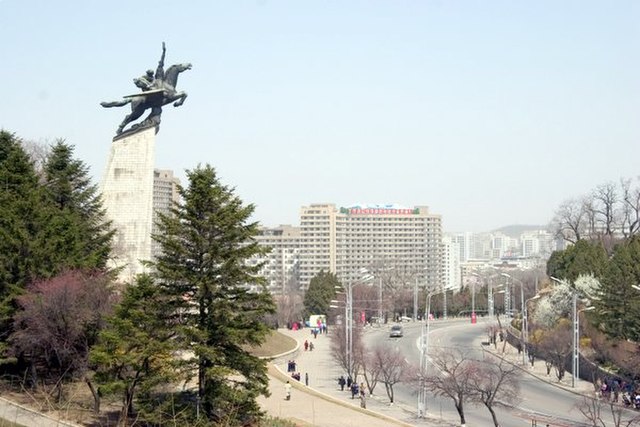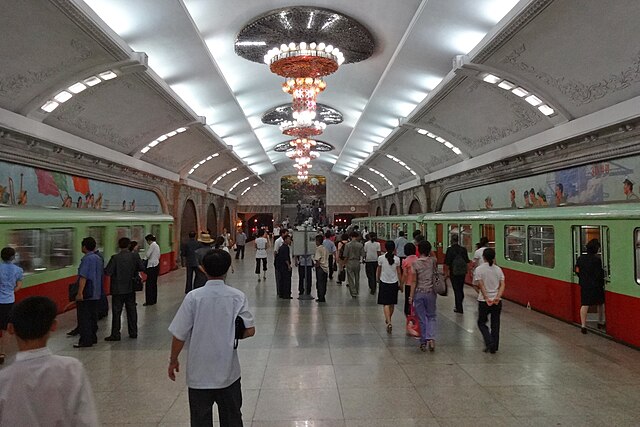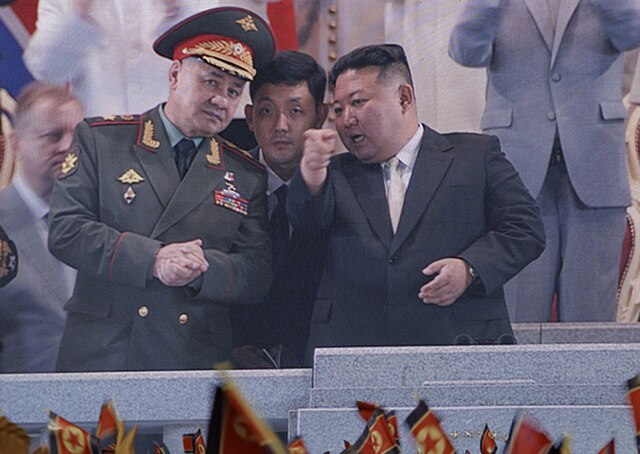The Agreed Framework between the United States of America and the Democratic People's Republic of Korea (북미제네바기본합의서) was signed on 21 October 1994, between North Korea (DPRK) and the United States. The objective of the agreement was the freezing and replacement of North Korea's indigenous nuclear power plant program with more nuclear proliferation resistant light water reactor power plants, and the step-by-step normalization of relations between the U.S. and the DPRK. Implementation of the agreement was troubled from the start, but its key elements were being implemented until it effectively broke down in 2003.
AGREED FRAMEWORK COVER PAGE – IAEA
AGREED FRAMEWORK PAGE #1 – IAEA: Replace the Nuclear(graphite) reactor to the Light-water
AGREED FRAMEWORK PAGE #2- IAEA: Supply the alternative energy-Heavy Oil and freeze & dismantle the nuclear reactor
AGREED FRAMEWORK PAGE #3 – IAEA: Establish a formal peace assurance between U.S. and DPRK
North Korea, officially the Democratic People's Republic of Korea (DPRK), is a country in East Asia. It constitutes the northern half of the Korean Peninsula and borders China and Russia to the north at the Yalu (Amnok) and Tumen rivers, and South Korea to the south at the Korean Demilitarized Zone. The country's western border is formed by the Yellow Sea, while its eastern border is defined by the Sea of Japan. North Korea, like its southern counterpart, claims to be the legitimate government of the entire peninsula and adjacent islands. Pyongyang is the capital and largest city.
Statue of Chollima Movement in Pyongyang
Pyongyang Metro with bomb shelter functions
Kim Jong Un with Russian Defence Minister Sergei Shoigu during the ceremonies marking the 70th anniversary of the end of the Korean War, in Pyongyang, 27 July 2023
Kim Tok Hun Premier of the Cabinet of the Democratic People's Republic of Korea








